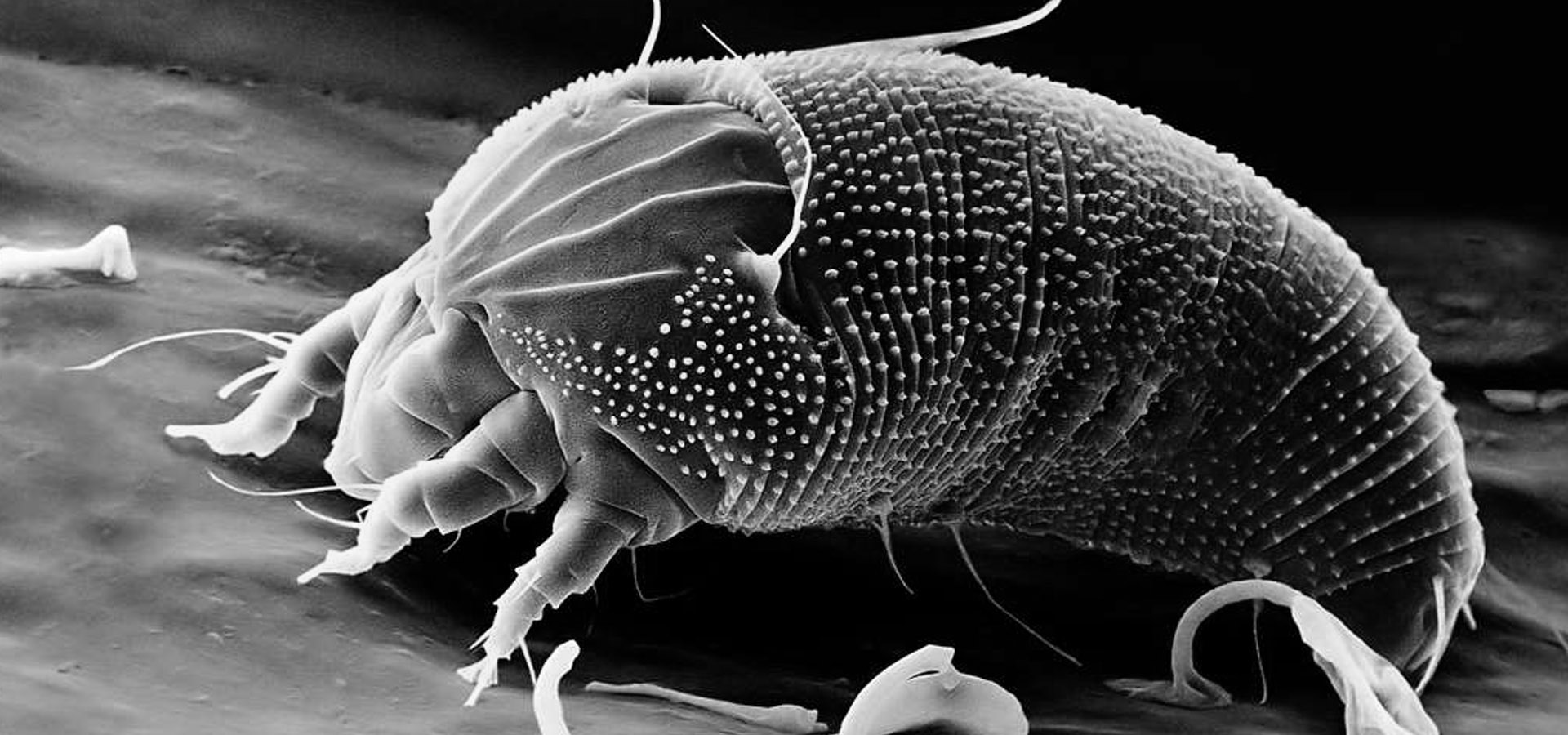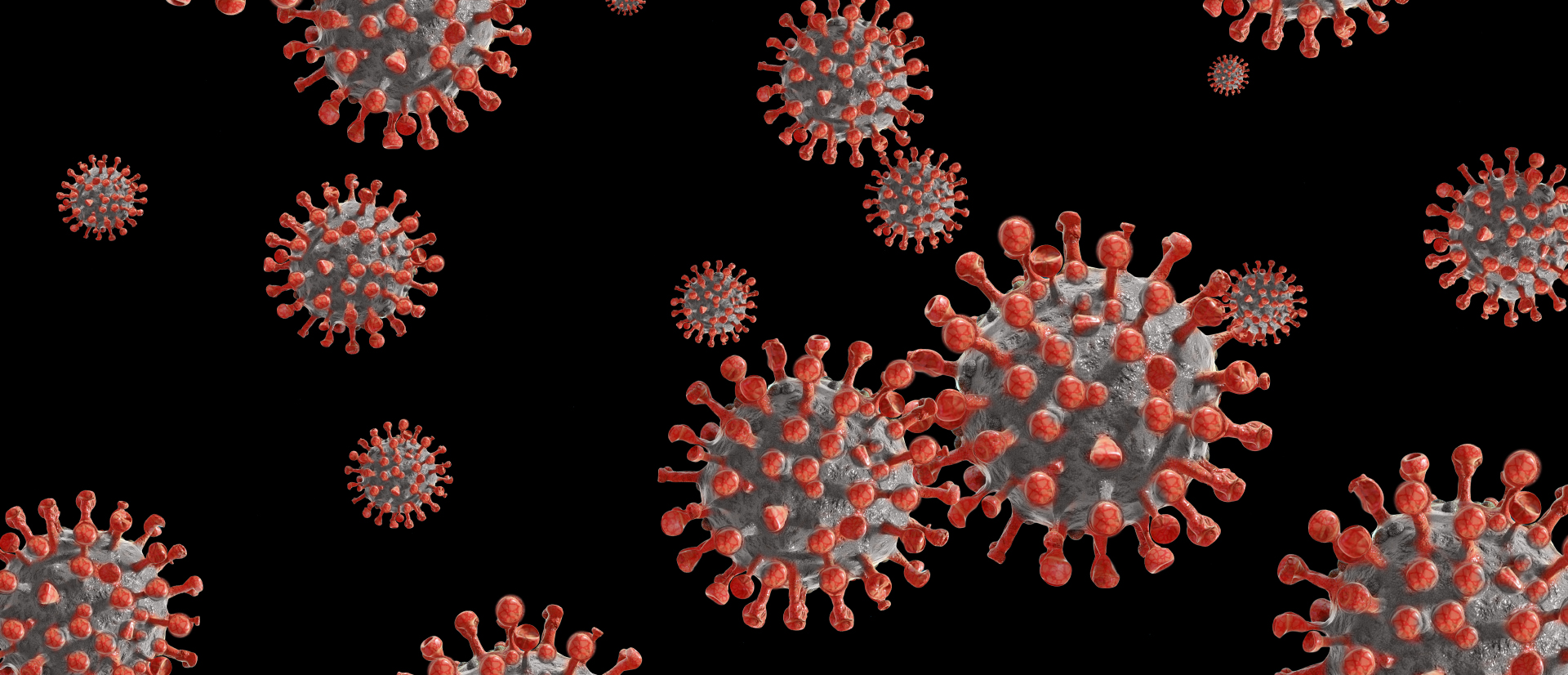Russet Mites can cause severe damage and are difficult to eliminate. Here are some effective tips on how to get rid of Russet Mites on Cannabis and eradicate this troublesome pest. To place an order for our products, please click on the provided link or visit the “Applicator Tips” section in the navigation menu above. For a quick reference guide on defeating russet mites, scroll down. If you have the time, there is also a comprehensive half-hour lecture video by Ron Lane, CEO of Circadian Crop Sciences, LLC, which outlines a proven strategy for successfully combating russet mites. If you’re determined to eliminate and prevent russet mites follow these instructions.
Russet Mite Control Quick Reference Tips
- Spray Circadian Sunrise (1 oz/gal)
Substitue every 3rd or 4th spray with Long Shadow ( 1/2 oz/gal) - Start With a Clean Facility/Field
It is important to clean and sanitize greenhouses and grow rooms after each crop cycle. Whenever possible, utilize solar energy to elevate the temperature above 49°C (120°F) for several hours. However, caution should be exercised to keep the temperature below 60°C (140°F) to safeguard electronic equipment. Field producers should adhere to established practices, such as implementing cover crops and crop rotations, to rejuvenate the soil and disrupt pest cycles. It is also advisable to cover bare soil with clear plastic for a few weeks prior to planting. - Start With Clean Plants
Plants propagated from cuttings have a higher probability of carrying russet mites compared to those grown from seeds or tissue culture. Before transplanting rooted cuttings into the designated growth area, it is recommended to apply a solution of Circadian Sunrise (1 ounce per gallon) and All Phase (10 to 15 grams per gallon) through spraying or dipping. - Weekly Crop Inspection (15x to 20x Hand Lens Required)
Observe for signs such as undersized leaves, leaf discoloration in the form of yellowing or bronzing, leaves curling upward, and the presence of small, transparent, slug-shaped pests with four miniature legs near their head. For more information on this topic, you can refer to the document titled “Hemp Russet Mite Revision July 2018” available on the colostate.edu website. - Introduce Predatory Mites in Sachets
Disperse sachets of predatory Amblyseus spp. mites across the entire cultivation area (seek guidance from a supplier of beneficial mites to determine the appropriate number of sachets per unit area based on your specific circumstances). These sachets consist of grain, which serves as a food source for harmless mites, as well as predatory mites that prey on the grain mites. Gradually, the predatory mites will emerge from the sachets and actively search for nourishment, targeting pests such as russet mites and their eggs.
Controlling Outbreaks
Day 1 – Spray Circadian Sunrise (2 to 3 oz per gallon) + All Phase (10 gm/gal)
Day 2 – No Spray
Day 3 – Spray Long Shadow (½ to 1 oz/gal) or Circadian Sunrise (2 to 3 oz/gal)
Day 4 – No Spray
Day 5 – Spray Circadian Sunrise (2 to 3 oz per gallon)
Once the russet mite population declines significantly, transition to a preventive regimen. However, if the population remains persistent, repeat the spraying process while incorporating a premium surfactant like HiWett or Silwet L-77. These surfactants aid in reaching narrow crevices where russet mites may hide. Before applying the solution extensively, conduct a phytotoxicity test to ensure it won’t harm the plants.
Full Quick Reference Guide on how to get rid of Russet Mites: Russet Mite Control Quick Reference Guide




